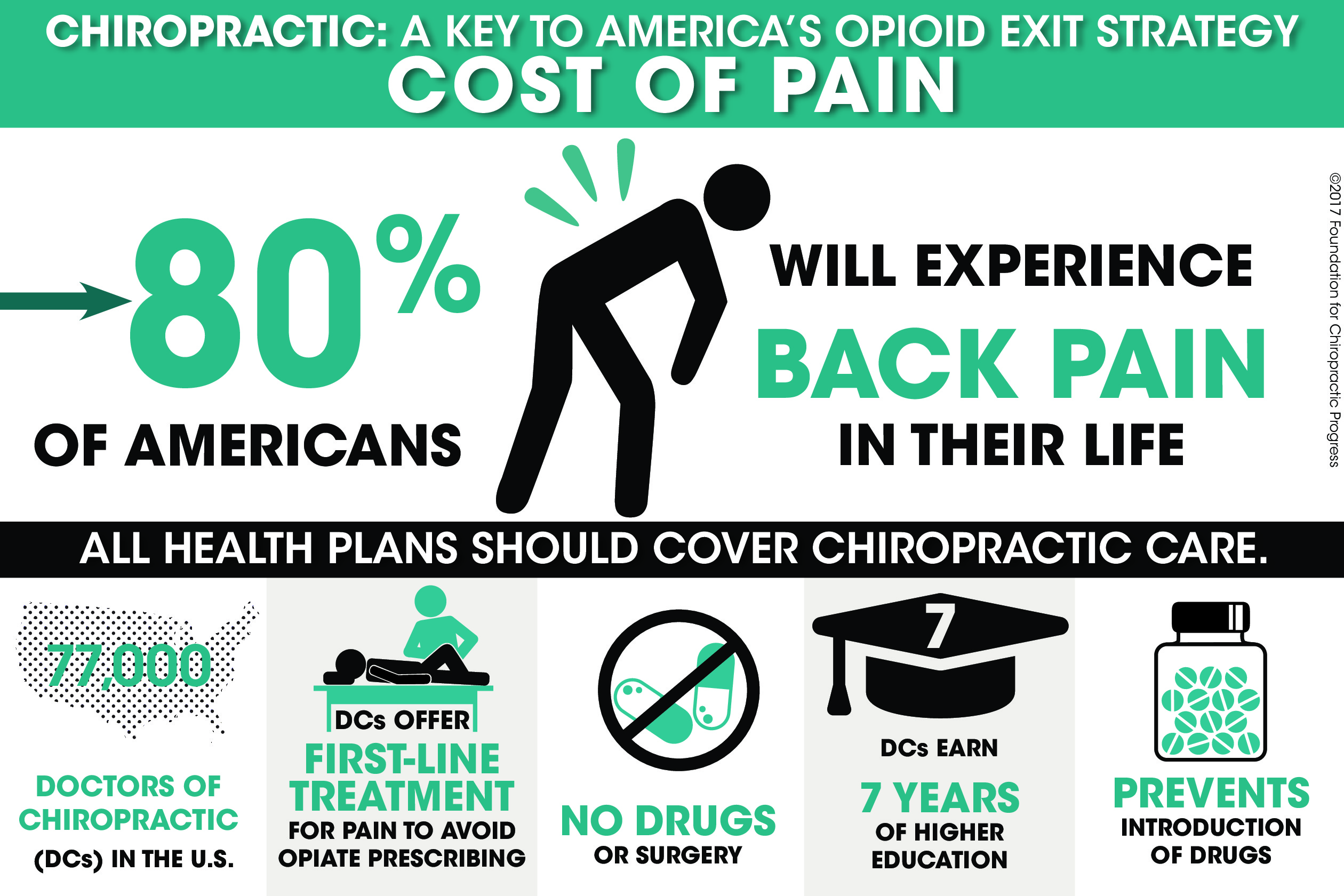Be Prepared To Untangle The Intriguing Cellular Interactions Involved In Cold Laser Treatment And Its Usage Of Light For The Function Of Recovery. Engage Yourself Additionally Right Into The Realm Of Scientific Research!
Be Prepared To Untangle The Intriguing Cellular Interactions Involved In Cold Laser Treatment And Its Usage Of Light For The Function Of Recovery. Engage Yourself Additionally Right Into The Realm Of Scientific Research!
Blog Article
Created By-Bendix Peters
You may have heard of cold laser therapy as an appealing treatment choice for numerous conditions, however have you ever before wondered just how it actually deals with a cellular level? Recognizing the devices behind this treatment can shed light on its efficiency in promoting recovery and minimizing inflammation. By exploring the science behind cold laser therapy, you'll obtain insights right into the interesting ways in which light can affect mobile procedures and help with cells repair.
How Cold Laser Therapy Functions
To recognize how cold laser treatment works, you need to grasp the basic concepts of how light energy connects with organic cells. Cold laser treatment, also known as low-level laser treatment (LLLT), utilizes particular wavelengths of light to permeate the skin and target underlying cells. Unlike laser treatment for quitting smoking utilized in operations, cold lasers give off reduced degrees of light that don't create heat or create damage to the tissues.
When these mild light waves reach the cells, they're soaked up by components called chromophores, such as cytochrome c oxidase in mitochondria. This absorption activates a series of organic feedbacks, including raised cellular power production and the release of nitric oxide, which boosts blood flow and decreases swelling.
Moreover, the light energy can additionally stimulate the production of adenosine triphosphate (ATP), the energy currency of cells, aiding in mobile repair service and regeneration procedures.
Basically, cold laser therapy uses the power of light energy to advertise recovery and ease discomfort in a non-invasive and mild fashion.
Mechanisms of Action
Just how does cold laser treatment actually function to generate its restorative impacts on biological cells?
Cold laser therapy, additionally called low-level laser therapy (LLLT), runs via a process called photobiomodulation. When the cold laser is applied to the skin, the light energy permeates the tissues and is soaked up by chromophores within the cells.
These chromophores, such as cytochrome c oxidase in the mitochondria, are after that boosted by the light energy, leading to a waterfall of organic responses. One key mechanism of activity is the improvement of mobile metabolism.
The soaked up light power increases ATP production in the mitochondria, which is crucial for cellular feature and repair. Additionally, cold laser therapy helps to minimize swelling by preventing inflammatory conciliators and advertising the release of anti-inflammatory cytokines.
This anti-inflammatory impact contributes to pain relief and tissue healing.
Therapeutic Results
Understanding the healing impacts of cold laser therapy involves acknowledging how the improved cellular metabolic process and anti-inflammatory homes add to its positive end results on biological tissues.
When the cold laser is applied to the afflicted area, it promotes the mitochondria within the cells, bring about boosted production of adenosine triphosphate (ATP), which is important for cellular function and fixing. This increase in cellular power accelerates the healing process by promoting cells regeneration and reducing inflammation.
Additionally, the anti-inflammatory properties of cold laser therapy help to lower discomfort and swelling in the targeted area. By preventing womens hair replacement connecticut and advertising the release of anti-inflammatory cytokines, cold laser treatment help in reducing pain and improving the general recovery action.
This decrease in inflammation not just supplies prompt relief however additionally sustains long-term tissue repair.
Conclusion
In conclusion, cold laser therapy works by stimulating cellular repair service and tissue regeneration via photobiomodulation. Its anti-inflammatory homes give discomfort relief and minimize swelling by inhibiting inflammatory conciliators.
This treatment offers an extensive technique to healing, supplying both instant alleviation and long-term cells repair work advantages.
Through its systems of action, cold laser treatment verifies to be an effective and encouraging therapy option for a variety of problems.
